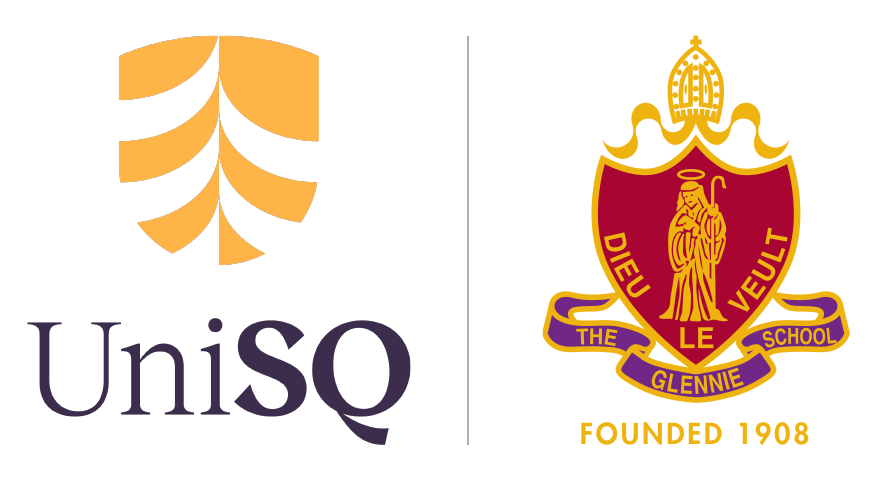Language barriers
Language barriers
If learning programs do not effectively integrate academic literacy and the teaching of language and communication in curriculum, then students’ learning and success can be highly compromised. Language barriers have the significant potential to influence students in using digital tools to improve their work in a way that constitutes misconduct.
Strategies for addressing the problem
Carefully and respectfully teach for a Culturally and Linguistically Diverse (CALD) cohort
Embed learning experiences that develop academic skills such as referencing, paraphrasing throughout the course and highlight institutional support available for students
Create accessible learning materials and scaffold the learning in order to prepare a diverse student body for assessment
Strive to communicate clearly, avoiding slang or turgid language that can obscure meaning, especially in CALD classrooms
Be sure to reinforce messages using multi-modalities through written and verbal communication
Be explicit around what level of support is appropriate e.g. the use of bilingual dictionaries, translator apps or sites and text editing tools.
Comply with QCAA or other relevant guidelines to ensure adjustments are appropriate.
